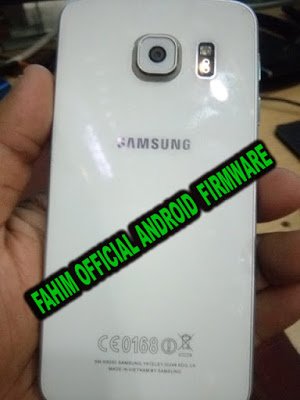Samsung Proshivka Nand

• • • Flash memory is an () medium that can be electrically erased and reprogrammed. Developed flash memory from (electrically erasable programmable read-only memory) in the early 1980s and introduced it to the market in 1984. [ ] The two main types of flash memory are named after the.
The individual flash memory cells exhibit internal characteristics similar to those of the corresponding gates. While had to be completely erased before being rewritten, NAND-type flash memory may be written and read in blocks (or pages) which are generally much smaller than the entire device. NOR-type flash allows a single (byte) to be written – to an erased location – or read independently. The NAND type is found primarily in,, (those produced in 2009 or later), and similar products, for general storage and transfer of data.
Samsung V-NAND SSD official website. Find information about Samsung Consumer SSD, Portable SSD, Enterprise SSD products, download, support, and more. With Samsung SSD's advanced V-NAND technology. Galaxy A6s’s Samsung Experience 9.5 ROM gets ported to the Xiaomi Redmi Note 5 Pro. Any hints on how to resurrect dead B15Q that has damaged/erased NAND or a.
NAND or NOR flash memory is also often used to store configuration data in numerous digital products, a task previously made possible by EEPROM or battery-powered. One key disadvantage of flash memory is that it can only endure a relatively small number of write cycles in a specific block. Example applications of both types of flash memory include personal computers,, digital audio players,, mobile phones, synthesizers, video games,,,. In addition to being non-volatile, flash memory offers fast read, although not as fast as static RAM or ROM.
Its mechanical shock resistance helps explain its popularity over in portable devices, as does its high durability, ability to withstand high pressure, temperature and immersion in water, etc. [ ] Although flash memory is technically a type of EEPROM, the term 'EEPROM' is generally used to refer specifically to non-flash EEPROM which is erasable in small blocks, typically bytes. [ ] Because erase cycles are slow, the large block sizes used in flash memory erasing give it a significant speed advantage over non-flash EEPROM when writing large amounts of data. As of 2013, flash memory costs much less than byte-programmable EEPROM and had become the dominant memory type wherever a system required a significant amount of non-volatile. This section needs additional citations for.
The future of live TV with 60+ channels. No cable box required. Cancel anytime. GTAGarage » Missions & Scripts » Minor Tweaks » Bus Driver Mod Bus Driver Mod Liberty City Bus Company. GTA IV 1.0.7.0 EFLC 1.1.2.0 Installation: Place all. Gta 4 mod bus driver games.
Unsourced material may be challenged and removed. Find sources: – ( July 2010) () Flash memory (both and types) was invented by while working for Toshiba circa 1980. According to Toshiba, the name 'flash' was suggested by Masuoka's colleague, Shōji Ariizumi, because the erasure process of the memory contents reminded him of the. Crack serial.
Masuoka and colleagues presented the invention at the 1987 International Electron Devices Meeting (IEDM) held in San Francisco. Introduced the first commercial NOR type flash chip in 1988. NOR-based flash has long erase and write times, but provides full address and data buses, allowing to any memory location. This makes it a suitable replacement for older (ROM) chips, which are used to store program code that rarely needs to be updated, such as a computer's or the of.
Its endurance may be from as little as 100 erase cycles for an on-chip flash memory, to a more typical 10,000 or 100,000 erase cycles, up to 1,000,000 erase cycles. NOR-based flash was the basis of early flash-based removable media; was originally based on it, though later cards moved to less expensive NAND flash.

NAND flash has reduced erase and write times, and requires less chip area per cell, thus allowing greater storage density and lower cost per bit than NOR flash; it also has up to 10 times the endurance of NOR flash. However, the I/O interface of NAND flash does not provide a random-access external address bus. Rather, data must be read on a block-wise basis, with typical block sizes of hundreds to thousands of bits. This makes NAND flash unsuitable as a drop-in replacement for program ROM, since most microprocessors and microcontrollers require byte-level random access. In this regard, NAND flash is similar to other secondary, such as hard disks and, and is thus highly suitable for use in mass-storage devices, such as. The first NAND-based removable media format was in 1995, and many others have followed, including: • • •,.